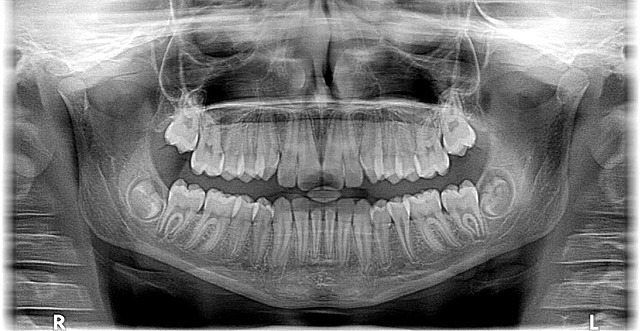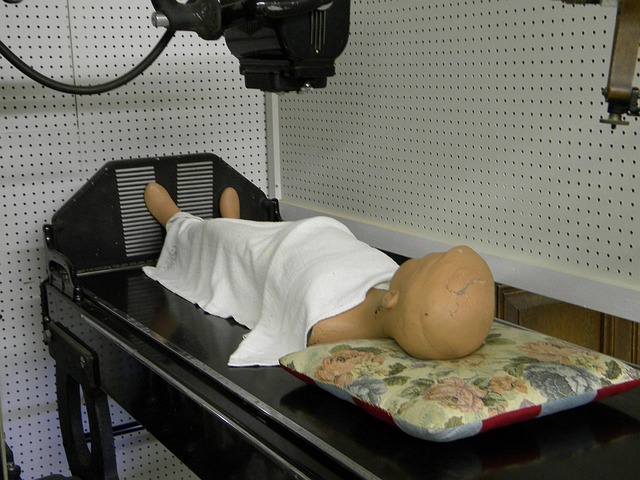After a car crash, persistent leg pain, especially sciatica, can be managed through auto accident chiropractic treatment. Chiropractors use spinal adjustments and manual therapy to reduce nerve pressure and inflammation, correcting alignment for effective sciatica relief. This treatment, often overlooked, aids in restoring mobility and preventing future injuries.
“Experiencing persistent leg pain after a car crash? This guide is your compass through the complexities of post-accident leg injuries. We delve into understanding the root causes, particularly focusing on sciatica, and how auto accident chiropractic care can offer targeted relief. Explore effective treatment strategies tailored to hasten your recovery. From adjusting techniques to holistic healing methods, discover how to reclaim mobility and alleviate pain. Empower yourself with knowledge and take the first step towards a healed and stronger you.”
- Understanding Leg Pain After Car Crash
- Auto Accident Chiropractic Care for Sciatica
- Effective Treatment and Recovery Strategies
Understanding Leg Pain After Car Crash

After a car crash, experiencing leg pain can be a common and concerning symptom. It’s important to understand that sudden impacts during accidents can cause various injuries, particularly in the lower extremities. Leg pain following such incidents may range from mild discomfort to severe, debilitating conditions, with sciatica being one of the potential outcomes.
Chiropractic treatment has emerged as a popular approach for managing leg pain, especially when related to auto accidents. This gentle form of therapy can be highly effective in addressing issues like sciatica, which results from nerve compression or inflammation in the lower back and legs. Chiropractic adjustments aim to improve spinal alignment, reduce pressure on nerves, and facilitate the body’s natural healing process, potentially offering relief for those suffering from post-crash leg pain.
Auto Accident Chiropractic Care for Sciatica

After a car crash, experiencing leg pain that radiates down your thigh or calf can be a sign of sciatica. Sciatica refers to pain that results from compression or irritation of the sciatic nerve, which runs from your lower back through your hips and down each leg. Auto accident chiropractic care is an effective treatment option for sciatica resulting from whiplash or other injuries sustained in a vehicle collision.
Chiropractors use a combination of adjustments, manual therapy techniques, and exercises to alleviate pressure on the sciatic nerve and reduce inflammation. These treatments aim to restore proper alignment and mobility in the spine, thereby addressing the underlying cause of sciatica. Many patients find relief from auto accident chiropractic treatment for sciatica, allowing them to regain mobility and resume their daily activities without intense leg pain.
Effective Treatment and Recovery Strategies

After a car crash, experiencing leg pain can be debilitating, but there are effective treatments and recovery strategies available. One often overlooked yet highly beneficial approach is auto accident chiropractic care, especially for those dealing with sciatica. Chiropractic treatment focuses on the manipulation and adjustment of the spine to alleviate pressure on nerves, which can be a primary cause of radiating leg pain.
Chiropractors specialize in diagnosing and treating musculoskeletal disorders, including issues stemming from car accidents. They employ various techniques such as spinal adjustments, joint mobilization, and soft tissue therapy to reduce pain, improve mobility, and promote healing. Additionally, they may recommend specific exercises and stretching routines tailored to the patient’s needs to strengthen muscles and support the spine, ensuring a faster recovery and preventing future injuries.
Radiating leg pain after a car crash can significantly impact your quality of life, but understanding the right approach is crucial. Auto accident chiropractic care, specifically tailored for sciatica, offers a non-invasive and effective treatment option. By combining adjustments, therapy, and targeted exercises, patients can find relief from acute and chronic symptoms. Effective treatment strategies include managing inflammation, improving nerve function, and strengthening supporting muscles. With the right care, recovery is achievable, enabling individuals to regain mobility and alleviate the burden of post-crash leg pain.














